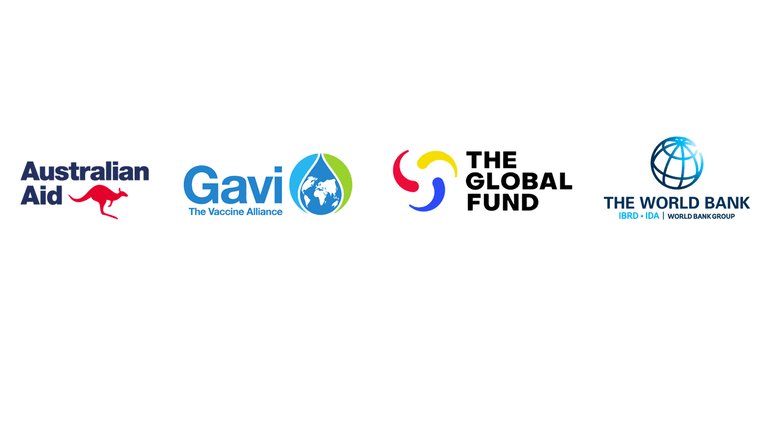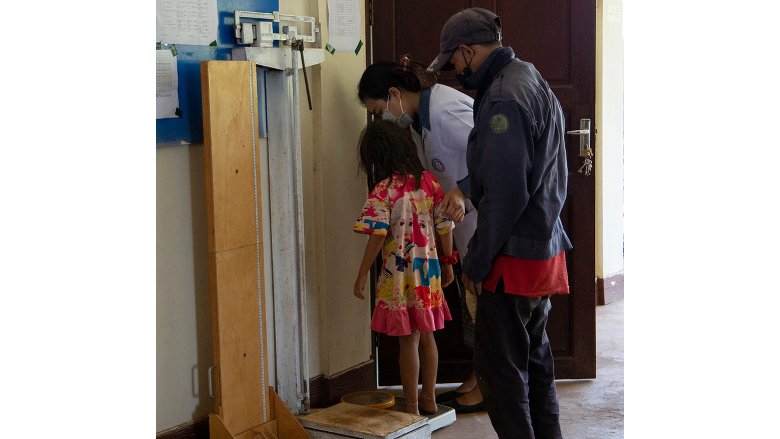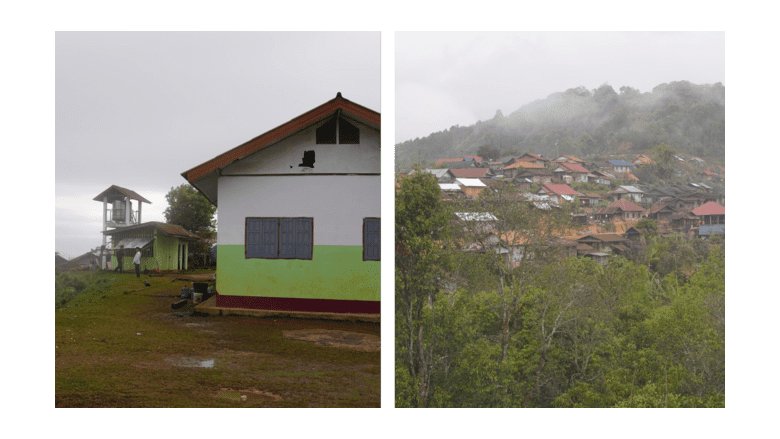As one of the pillars of the World Bank’s nutrition convergence approach in Laos, HANSA2 will help staff in district health services and health centers work with villagers to address poor diets and feeding practices among mothers, high birth rates among adolescents, and low take-up of services, including for ante-natal care, assisted child delivery, and vaccination. It will also expand services such as family planning, and water supply and sanitation.
Megan Jones, Australian Ambassador to the Lao PDR said, “Improving health service access in remote areas is essential for long-term development. Despite improvements in national averages, there are persistent and high disparities in health outcomes and service coverage by ethnicity and location, and not all population groups are benefiting equally from improvements. For example, we know the infant mortality rate is almost five times higher in Khammuan than in the capital, while in Phongsaly, only around 37% of women get assistance from skilled personnel when giving birth. HANSA2 will make concerted efforts not only to ensure midwives are easier to find, but also work with rural villagers to help them understand where and how to access health services, and why they are so important”.
To provide nationwide coverage, phase 2 scales up many HANSA activities from the four northern provinces targeted in phase 1. The first phase improved primary health care services using performance-linked payments, and has enhanced the District Health Information System, which provides data on sex, age, ethnicity, and location for better planning, monitoring, and decision making in the allocation of resources.
Tuberculosis and HIV services were hampered by the COVID-19 pandemic, with drops recorded in TB case notifications and in the number of people reached by HIV prevention services. Despite the disruption, Since HANSA 1 started, TB treatment coverage has bounced back, rising from 58% in 2021 to 82% in 2022, close to the 90% global target. While the percentage of people living with HIV that are receiving antiretroviral treatment reached 58% in 2022, more needs to be done to get to the 95% UNAIDS 2025 goal.


